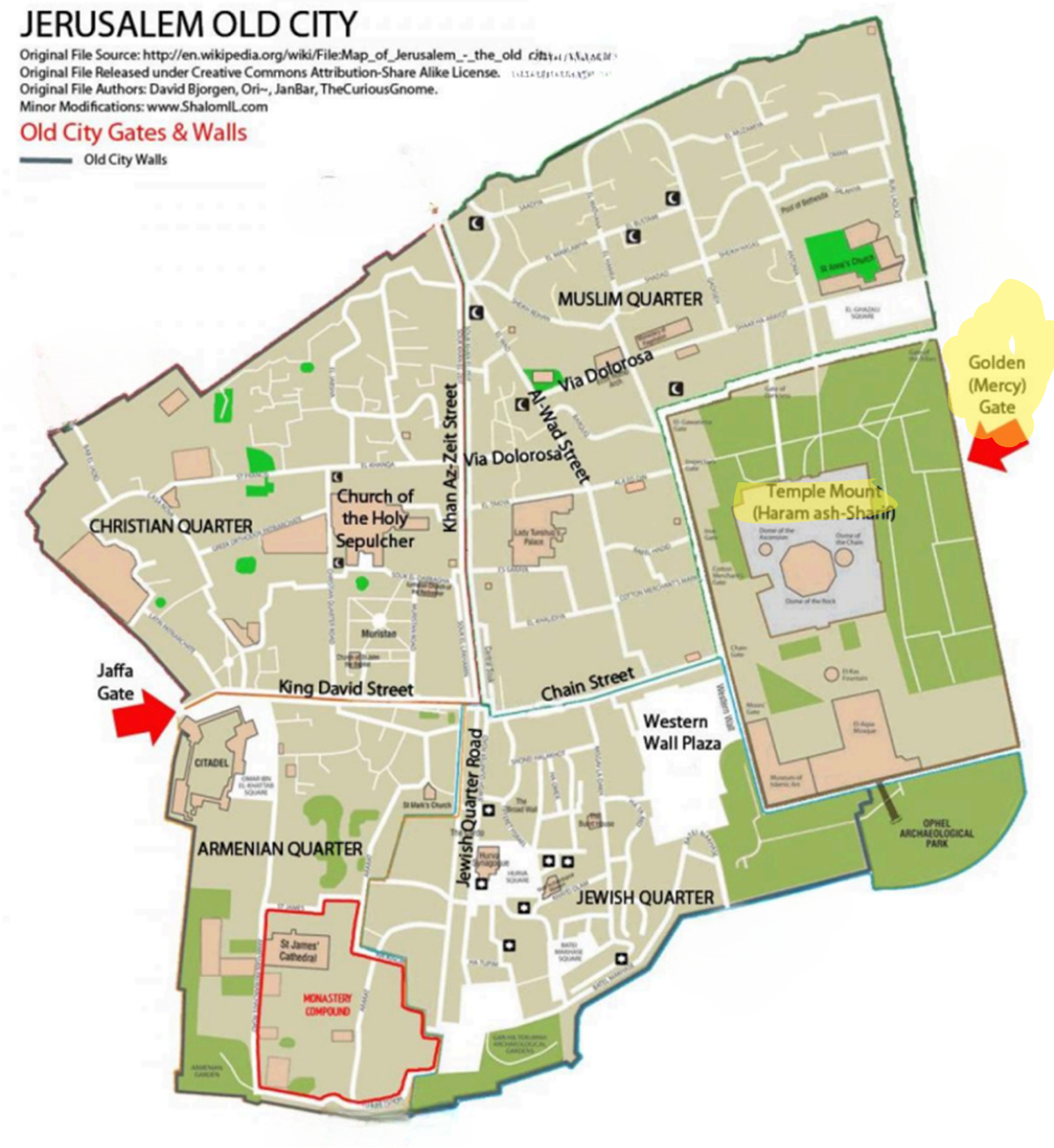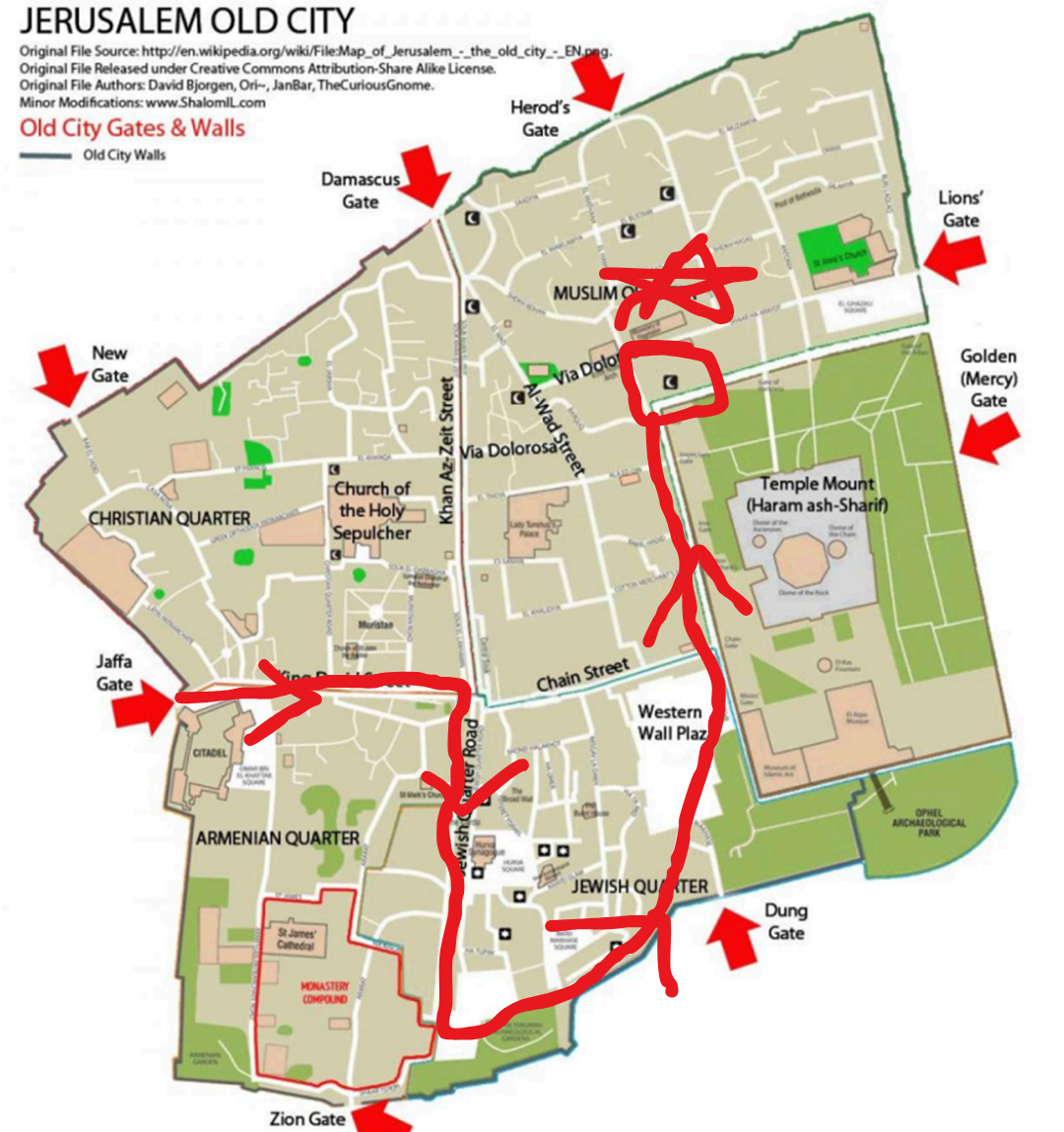Welcome to the continuation of the Holy Week Metaphors.
Grab a forever discount on this Substack from this link: Discount
We kicked off the discussion with a deeper look into what a metaphor is, how we shape and create metaphors, and how the really big ones shape us.
On Wednesday, I wrote about the metaphors surrounding the anointing of Christ. The anointing sets us up for today, a performative action to resist Caesar.
The Triumphal Entry isn’t so much a triumph as performance art. Jesus is pulling on the heritage of Hebrew prophets, like Ezekiel, to demonstrate a larger truth or message from God. What that larger truth is, we will dig into below.
The Setting
Before we start, though, let’s set the scene. We have Jesus coming in on a donkey or small colt from the east at the beginning of passover. All four gospels agree that he comes in through the sheep gate, which leads directly to the Temple. On his way in, he is greeted by crowds shouting Hosanna. Hosanna can be a word of praise, but its real purpose is to be a greeting for a king to enter the city and relieve it of oppression. Maybe a king has arrived to break a siege, overthrow a wrongful government, or fortify it against a siege. What unites these ideas is the idea of justice. The king is going to bring the people justice. Maybe that means overthrowing some nobles or a foreign occupant, but in this justice, relief is coming.
We know this by the instruments they use to greet the king. It isn’t swords or expensive finery. It’s palm branches. Victory hasn’t arrived with a military parade. It’s ordinary people hoping for someone to save them.
And so Jesus heads straight into the temple in plain sight, and we know the Jewish Leaders don’t like it.
So here is the route Jesus took
Meanwhile Pilate
Meanwhile, we have Pilate, the Roman Representative, probably entering the city at about the same time. Notice, I said probably and maybe we don’t and won’t know for sure. Pilate, most likely, enters on his proud and beautiful warhorse with a complement of Legionnaires. Pilate isn’t headed straight into his fortress or the Temple. He is going to parade around the city. He has many reasons to do this, but the most subtle and yet overt at the same time is a simple message to the Jews wanting to celebrate passover. The message is this: “You celebrate passover because we Romans allow it.”
The subtle message is that your “god” is not more powerful than Caesar and the Romans. The overt message is, we will kill you if you behave otherwise.
Now, what we should be starting to notice is that the metaphors are being brought into contrast, and we have two metaphors surrounding what Jesus is doing.
Keep reading with a 7-day free trial
Subscribe to Faithful Fatherhood to keep reading this post and get 7 days of free access to the full post archives.





